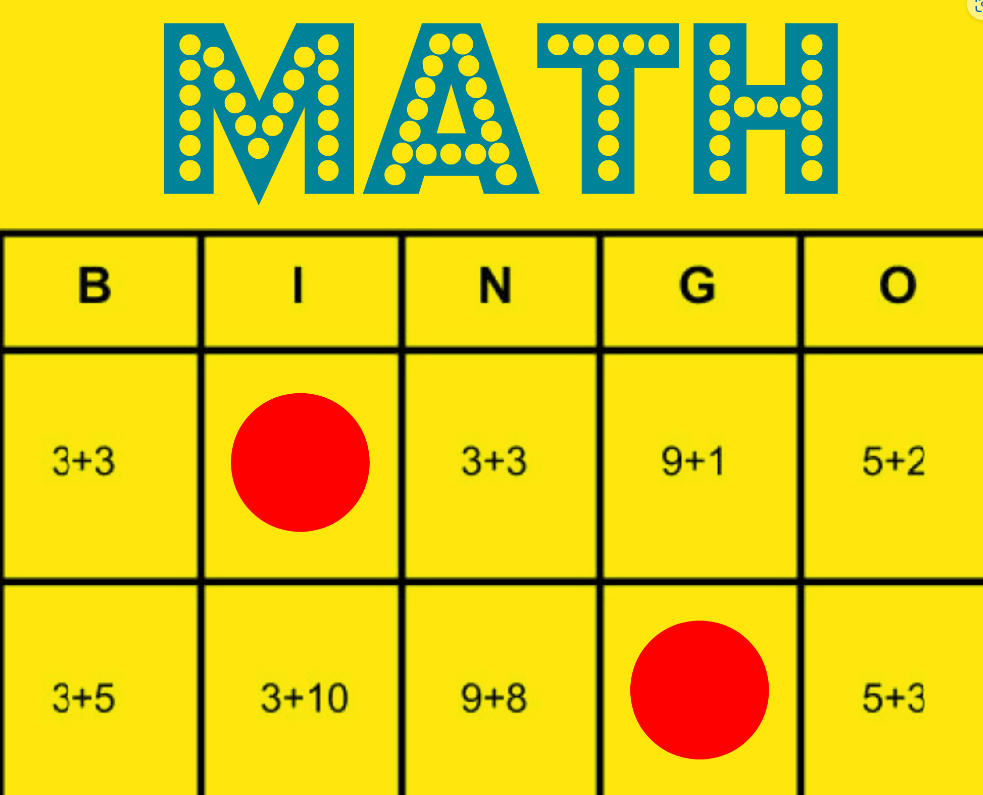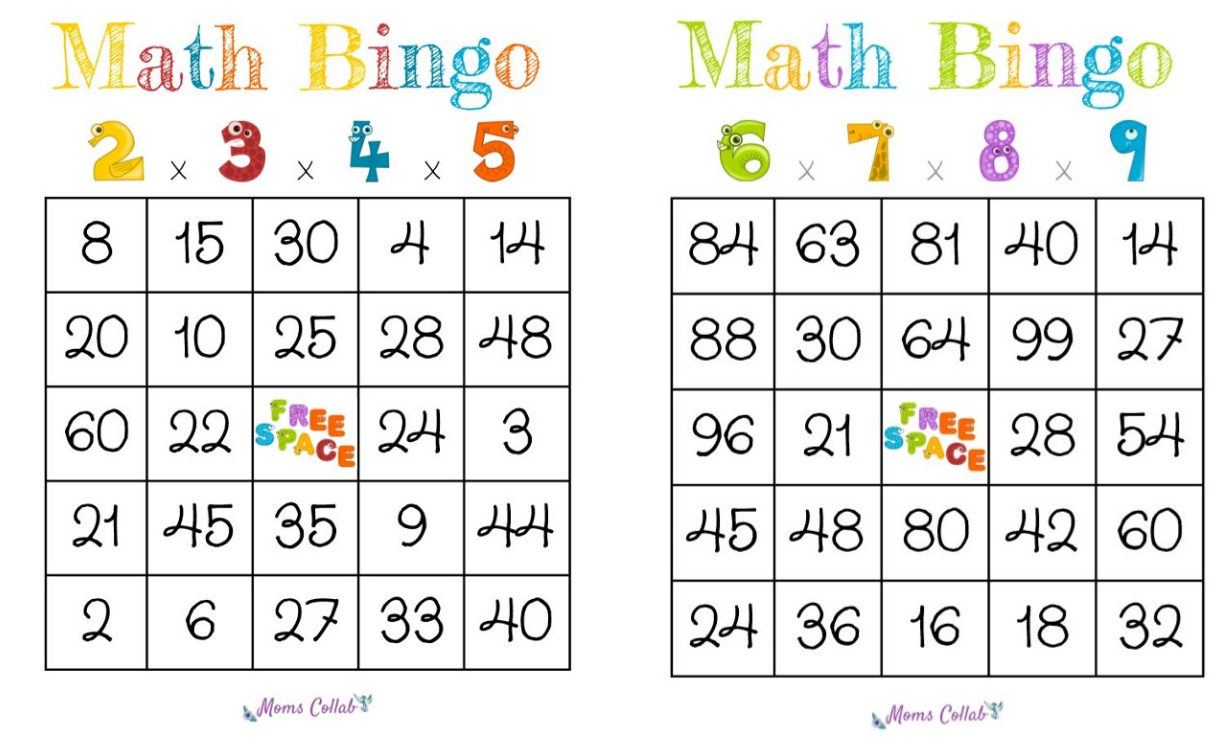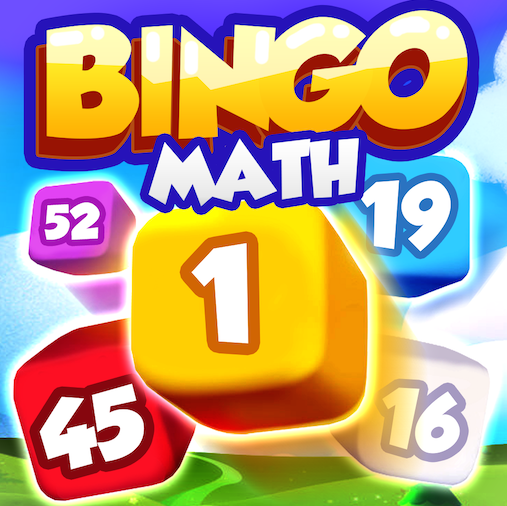Bingo is indeed a math game, showcasing probability and statistics through its gameplay and the extensive combinations of Bingo cards.
Bingo and Mathematics
The Role of Probability in Bingo
Probability plays a crucial role in understanding and strategizing Bingo. Each Bingo card features a unique combination of numbers, making the game a perfect example of probability in action. For instance, in a standard 75-ball Bingo game, the probability of drawing any specific number is 1 in 75. As the game progresses and numbers get called, these probabilities change dynamically. Skilled players often calculate these odds in real-time to assess their chances of winning.
Incorporating the concept of independent events, players realize that each draw in Bingo is an independent event. This means the odds of drawing a specific number remain constant in each round, despite previous draws. Understanding this aspect of probability helps players maintain realistic expectations throughout the game.

Statistical Analysis in Bingo Games
Statistical analysis in Bingo provides insights into game patterns and outcomes. Players and enthusiasts often use statistics to analyze the frequency of number calls and to determine if certain numbers appear more often than others. However, it’s crucial to note that in a fair Bingo game, all numbers have an equal chance of being called. Statistical analysis can also be used to study the distribution of wins over a large number of games, revealing trends and patterns that might not be obvious at first glance.
Mathematical Strategies for Bingo Players
Mathematical strategies in Bingo focus on card selection and game approach. Some players opt for cards with a balanced distribution of numbers, believing this increases their chances of covering a wider range of called numbers. Others prefer the Tippett theory, which suggests selecting cards with numbers closer to the median in games with longer duration. In shorter games, this theory advises choosing cards with numbers closer to the extremes. While these strategies add an analytical angle to Bingo, they do not guarantee wins due to the game’s inherent randomness.
Educational Aspects of Bingo
Bingo as a Learning Tool in Mathematics
Bingo finds a special place in educational settings, particularly in teaching mathematics to young learners. The game naturally incorporates basic math skills like number recognition and mental arithmetic, making it an engaging and effective learning tool. Teachers often modify Bingo to focus on specific math topics such as multiplication, fractions, or even basic algebra. This versatility allows Bingo to cater to a range of age groups and learning levels.
Case Studies: Bingo in Educational Settings
Several case studies have shown the effectiveness of Bingo in educational settings. For instance, a study in a middle school math class revealed that students who participated in math-themed Bingo games showed a significant improvement in their test scores compared to those who didn’t. These findings underscore Bingo’s potential as a complementary educational tool.
Advantages and Limitations of Using Bingo for Math Education
The primary advantage of using Bingo in math education lies in its engagement factor. The game’s fun and competitive nature capture students’ interest, making math learning more enjoyable. However, there are limitations. Bingo primarily reinforces skills rather than teaching new concepts. It’s more effective for practice and revision than for introducing complex mathematical ideas.

Comparative Analysis
Comparing Bingo with Other Math-Related Games
When comparing Bingo with other math-related games, it’s evident that Bingo stands out for its simplicity and accessibility. Unlike games like chess or Sudoku, which require specific skills or advanced knowledge, Bingo is easy to understand and play. This makes it more inclusive, especially for younger players or those less familiar with complex math concepts. However, games like Sudoku offer more in-depth problem-solving and strategic thinking, which can be more beneficial for developing advanced math skills.
The cost aspect also plays a role in this comparison. Most math-related games require minimal to no investment, similar to Bingo. However, digital versions of games like chess or math-based puzzles often come with additional features, which might involve a cost. In contrast, Bingo, whether played traditionally or online, generally remains low-cost or free, making it a more budget-friendly option.
Bingo’s Effectiveness in Teaching Math Concepts
Bingo’s effectiveness in teaching math concepts primarily revolves around its ability to reinforce basic arithmetic and number recognition skills. It’s particularly effective for younger students who are just starting to learn numbers and simple math operations. However, its scope in teaching more advanced mathematical concepts is limited. Unlike games specifically designed for math education, which might cover a wide range of topics from geometry to calculus, Bingo’s utility remains focused on basic numeracy skills.
Technological Integration
Digital Bingo Games and Math Learning
The integration of technology into Bingo has expanded its educational potential. Digital Bingo games can be tailored to include various math challenges, adapting to different learning levels and topics. These digital versions can offer instant feedback, detailed analytics on a player’s performance, and the ability to adjust difficulty levels. This customization enhances the learning experience, making it more effective and personalized.
The cost and budget considerations for developing and accessing digital Bingo games can vary. High-quality educational software might require a significant investment in development, reflected in the price for end users. However, there are also many free or low-cost options available, particularly apps and online games, making digital Bingo accessible to a wider audience.
Innovations in Bingo for Math Education
Innovations in Bingo for math education have been quite remarkable. Some versions now incorporate complex mathematical problems, requiring players to solve equations or complete math challenges to mark their cards. These innovations not only make the game more challenging but also extend its applicability to older students and even adults seeking to sharpen their math skills.
The material and quality of these innovative Bingo games vary. Digital versions, for example, require a stable internet connection and a suitable device, which might not be accessible to everyone. Physical versions, on the other hand, are more universally accessible but can vary in quality depending on the production materials.

Technological Integration
Digital Bingo Games and Math Learning
The integration of technology in Bingo has revolutionized its educational potential, particularly in math learning. Digital Bingo games offer a unique blend of entertainment and education, making math more engaging for learners of all ages. These games, often available on various platforms like websites, apps, and educational software, can be customized to include a range of mathematical concepts, from basic arithmetic to more complex algebra.
One significant aspect of digital Bingo games is their ability to adapt to the user’s skill level. For instance, a game could start with simple addition and subtraction for younger players and gradually increase to multiplication, division, and even basic algebra for older or more advanced players. This adaptability enhances the learning experience, ensuring that players are constantly challenged and engaged.
The cost of accessing these digital Bingo games varies. Many educational platforms offer free versions with basic features, ideal for budget-conscious users or schools. However, more advanced versions with comprehensive learning modules, detailed progress tracking, and personalized learning plans might require a subscription or a one-time purchase, typically ranging from $5 to $30, depending on the features offered.
In terms of technology requirements, these games usually need a stable internet connection and a compatible device, such as a smartphone, tablet, or computer. This necessity could pose a limitation for users in areas with poor internet connectivity or those who lack access to such devices.
Innovations in Bingo for Math Education
Innovations in Bingo for math education are continually evolving, with new features and formats being introduced to enhance its educational value. These innovations include interactive Bingo games that incorporate real-time problem-solving challenges, adaptive difficulty levels, and instant feedback mechanisms. Some versions even offer multiplayer modes, allowing students to compete or collaborate with peers, adding a social dimension to learning.
The development of these innovative Bingo games involves considerable costs, mainly associated with software development, user interface design, and content creation. The price for end-users, therefore, can vary significantly based on the game’s complexity and features. Educational institutions might invest in premium versions for classroom use, which could range from $50 to $200, offering a more comprehensive suite of educational tools and resources.
Material quality and durability are not major concerns for digital Bingo games, unlike their physical counterparts. However, the quality of content, user interface design, and overall user experience are critical factors that determine the success and effectiveness of these digital educational tools. High-quality digital Bingo games are characterized by intuitive navigation, engaging content, and reliable performance, ensuring a positive and productive learning experience for users.

Conclusion
Summary of Bingo’s Relationship with Mathematics
Bingo, traditionally viewed as a game of chance, has a more intricate relationship with mathematics than initially apparent. At its core, Bingo exemplifies basic mathematical principles, particularly in probability and statistics. Each Bingo game is a practical demonstration of probability in action, with the odds of each number’s appearance being calculable and predictable to an extent. This characteristic makes Bingo an excellent tool for illustrating mathematical concepts in a fun and engaging way.
In terms of educational value, Bingo has proven its worth as an effective tool for teaching and reinforcing basic math skills. Its simplicity and the excitement of gameplay make it especially appealing to young learners, helping them develop number recognition, mental arithmetic, and even basic strategy skills.
The cost of incorporating Bingo into educational programs is relatively low, making it an economical choice for schools and educational institutions. Traditional Bingo games require minimal resources – just cards and number tokens – making them accessible to virtually any educational setting without significant financial investment.
Future Prospects for Bingo in Math Education
Looking ahead, the future of Bingo in math education appears promising, particularly with the ongoing integration of technology. Digital Bingo games offer customizable and scalable platforms for incorporating a wide range of mathematical concepts, adaptable to different age groups and learning stages. These digital platforms are evolving to include more complex mathematical challenges, catering not only to young learners but also to older students and adults seeking to enhance their math skills.
In terms of costs, the development and maintenance of these digital Bingo platforms require ongoing investment. However, the benefits they offer in terms of scalability, adaptability, and user engagement justify the expense. The potential for remote access and online collaboration in digital Bingo games also opens up new possibilities for distance learning and international educational initiatives.
The material quality of digital Bingo games is a non-issue, but the quality of content, user experience, and educational value remain paramount. Developers need to focus on creating engaging, intuitive, and educationally sound Bingo games that can adapt to various educational needs and learning environments.
As Bingo continues to evolve, both in its traditional and digital forms, its potential in math education is likely to expand further, making it a staple in both classrooms and informal learning settings.